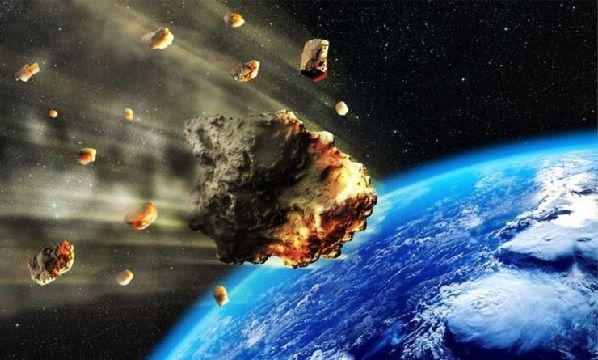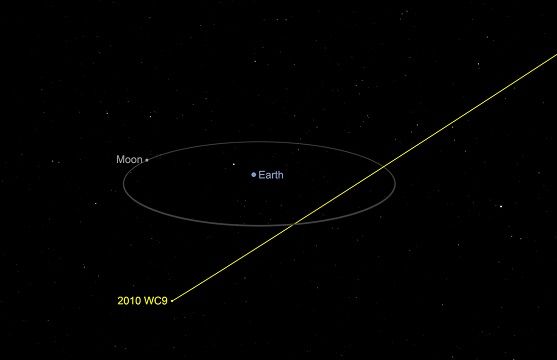207 Feet Giant Asteroid Nj2 Dangerously Close To Earth
Jul 22, 2019 • 52 views
In recent days scientists as well as researchers from NASA, CNEOS and many other space observatories have spoke about many asteroids including 2019 NN3, 2019 MB4, 2016 NO56M, RF12, 2006 QV89 and many others meteors than went past through our planet, some pretty close; making their way to the news headlines for their possibility to hit our planet.

Last year, on 18th December, a large meteoroid landed over the Bering Sea; however, it didn`t make its way to top news channels` headlines due to its remote location. But to our utter surprise, the explosion due to landing of the meteoroid unleashed nearly 170 kilotons of energy, which is lot more than 11 times of the nuclear bomb blasted over Hiroshima in 2nd World War said NASA. This was the most powerful meteor hit in the Earth`s atmosphere since the one that exploded on the Russian town of Chelyabinsk in 2013. That rock released energy as much as 441 kilotons injuring nearly 1,500 people.

2019 NJ2, a giant asteroid potent enough to destroy major part of human civilization on Earth, flew dangerously close to us recently. The asteroid was set to reach its closest proximity to Earth at 7:52 (Indian Standard Time) in the evening of 19th July.
Although the gravitational attraction of Earth pulled them pretty close, considering the fact that some of these have potential energy enough to cause mass destruction on Earth, it can be said that we were lucky. The asteroid 2019 NJ2, with estimated velocity of close to 30,000 miles per hour and an estimated diameter of close to 207 feet could be considered as a warning bell for us as researchers claimed that the trajectory appears to approaching towards Earth and according to the agency CNEOS the asteroid was be about 0.0342 astronomical units or approximately 3.1 million miles away from the planet’s centre; closer than it has ever been before.

Although the monstrous asteroid 2019 NJ2 was first recorded for its close approach when it flew near Venus in the year of 1952 but for this year it was first observed by astronomers on June 29 according to CNEOS data.

Although when we consider more space agencies like NASA looking at the sky for answers to various human curiosities it is estimated that there are more than 700,000 asteroids that have already been found and many remarkable of them are being monitored as well. It is also to be noted that asteroids are generally found between the orbits of Mars and Jupiter, in a particular area of space called the ‘main belt’.
The extrapolated data of the space agency CNEOS has also foretold that the asteroid 2019 NJ2 might be expected to return to the neighborhood of our planet on 7th July of 2119. At that time, i.e. on 2119 the space rock is expected to fly at a much farther distance from Earth compared to its recent approach this year. Speaking of numbers, the asteroid will be about 0.2559 astronomical units or somewhere in between 23.6 to 23.9 million miles away from the centre of Earth while on its course in 2119.
